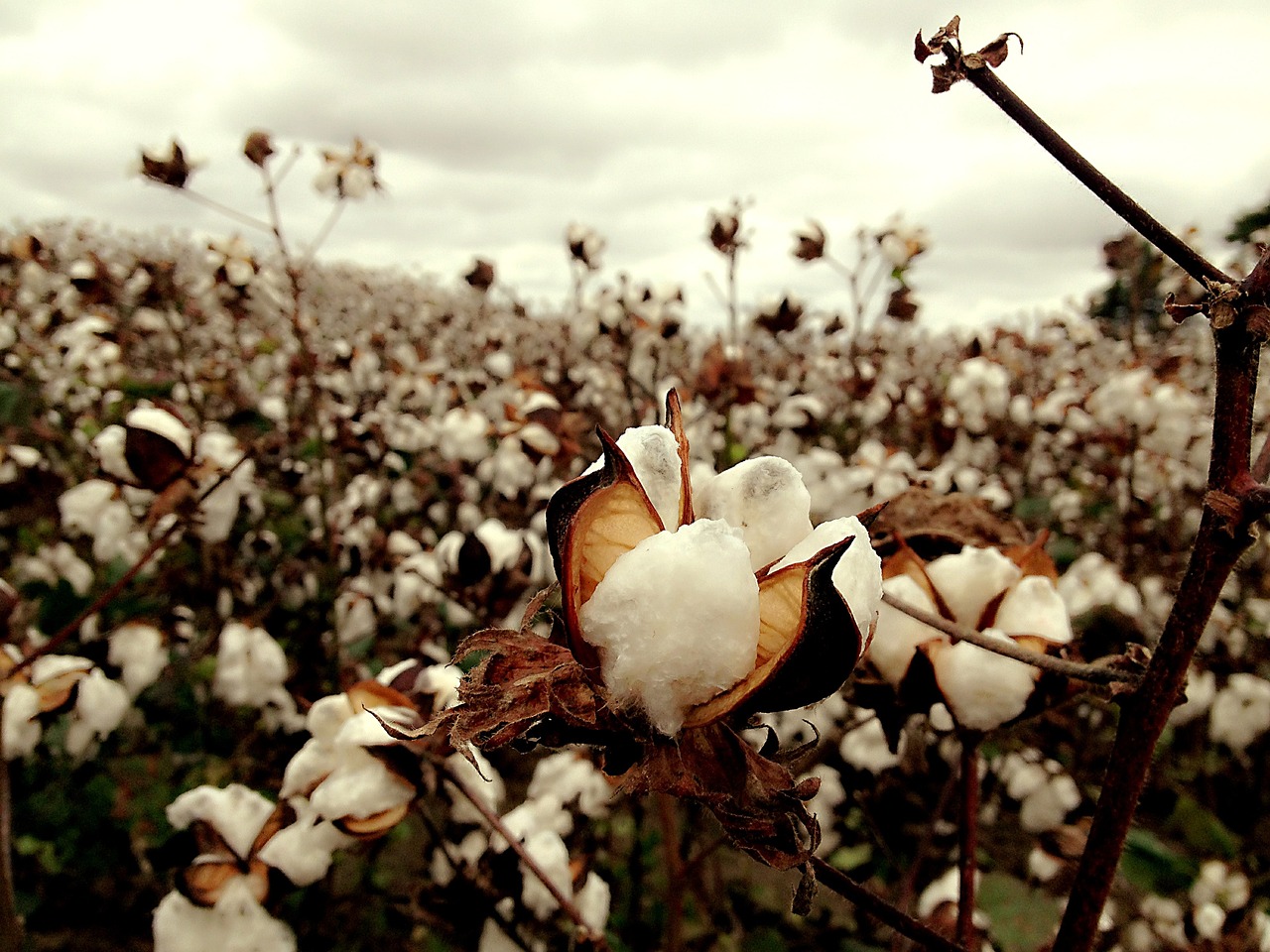Basmati exporters are optimistic about global demand and have purchased paddy at rates that are 12–24% higher than a year ago. This optimism has been stoked by an increase of 11% in the shipments of fragrant rice during the first half of the current fiscal. Agricultural Produce Marketing Committee (APMC) yards have seen the buying frenzy that has caused prices to soar despite the crop’s arrival being 20% greater last month.
Agmarknet, a division of the Agriculture Ministry, reported a sharp increase in basmati paddy arrivals at APMC yards in Haryana, Punjab, and Uttar Pradesh, which together account for 97% of the nation’s basmati production, from 11.23 lt to 13.51 lakh tonnes (lt) in October. While the number of arrivals in Haryana has increased by more than three times to 2.65 lt, the number in Punjab has decreased by 43 percent to 2.13 lt. 8.72 lt more people arrived in Uttar Pradesh in October, a 31 percent increase. In the case of basmati, paddy prices have risen in October by as much as 18.6% to Rs 3,322/quintal in Haryana and by 11.5 % to Rs 3,045/quintal in Uttar Pradesh. Normally prices decline on increasing supply, but in this case, basmati prices have risen on higher supplies. Punjab’s standard mandi tariffs have risen sharply to Rs. 2,724/quintal, a 23.5 percent increase from the same time last year.
According to an exporter, basmati exports are no longer limited to the traditional major companies because many newcomers to the industry are exporting modest quantities. The good news is that these new players have learned from their mistakes and are no longer willing to provide full credit or to negotiate an unreasonable contract price, he said. In certain nations in 2020, there were instances of buyers skipping payments.
APEDA’s most recent report indicates that basmati rice shipments grew from 19.46 lt in the previous fiscal year to 21.57 lt in April through September in the current one. Though the increase was only a 37% one in terms of value, going from $1.66 billion to $2.28 billion. The surge in Indian currency is considerably bigger 46% at 17,897 crore versus 12,268 crore due to the weakening rupee. The export realization for basmati rice has actually increased this fiscal year from $853 per tonne to $1,057 per tonne.

